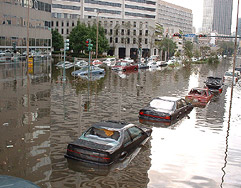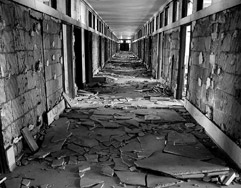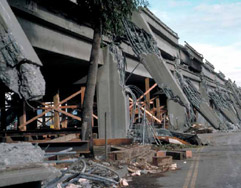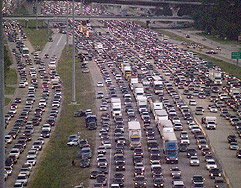Infrastructure is not just about connections between technological aspects of civilization, it is also about the lack of connections. For every link between buildings and cities via power lines, fiber optics, and water pipe, there is another fence, a wall, or a vault buried underneath the earth. Environmental art seeks to engage connections between people and landscapes, but it does not have a monopoly on these aesthetic relationships. And in fact, entities such as large public infrastructure authorities often have way more power to engage these connections, or to shut them off. This paper will consider the water infrastructure of Southern California, and look at how the large constructions that enable contemporary civilization function from an aesthetic perspective. Infrastructure acts as environmental art even if no one intends it to do so, and the look of the reservoirs, aqueducts, and dams of Southern California strike a very particular anthropocene aesthetic, as the land and the water becomes increasingly locked up in the struggle to supply the growth of civilization in the American West.
–Adam Rothstein on YouTube
Tags: Academic, Adam Rothstein, Aesthetics, Video, Water, YouTube






 RSS Feed
RSS Feed